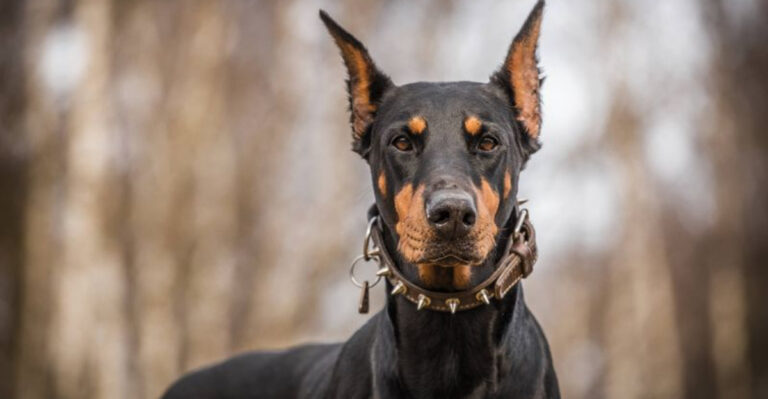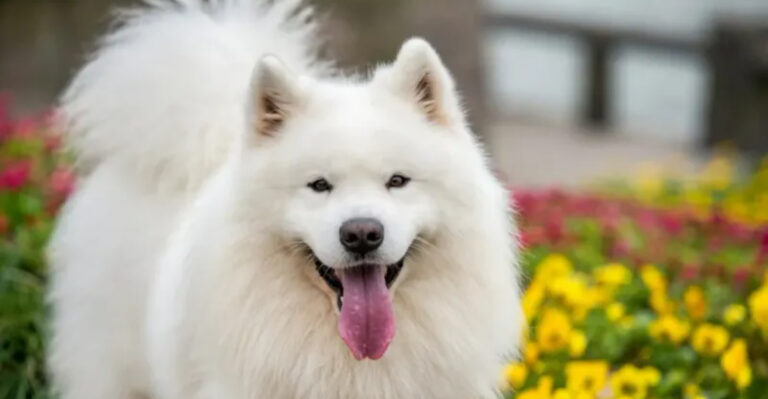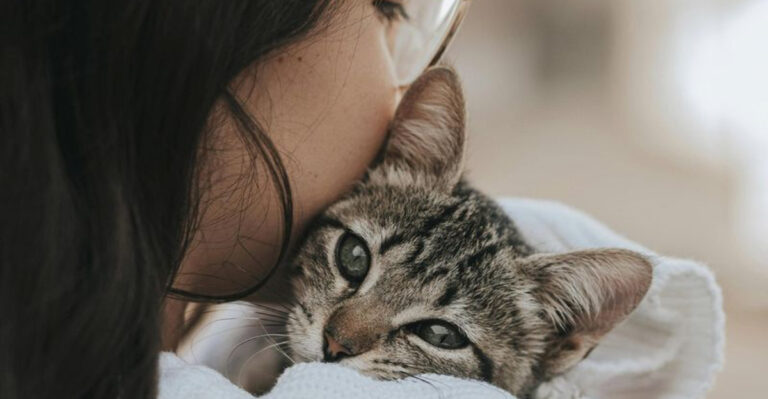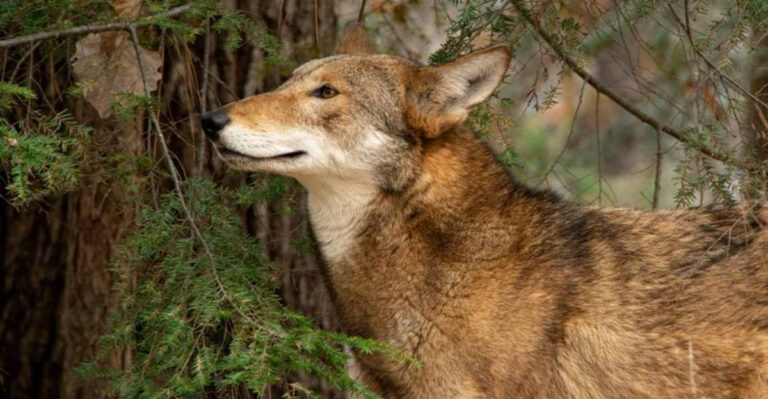11 Most Intelligent Small Dog Breeds (And 4 That Are Not Known For Their Smarts)
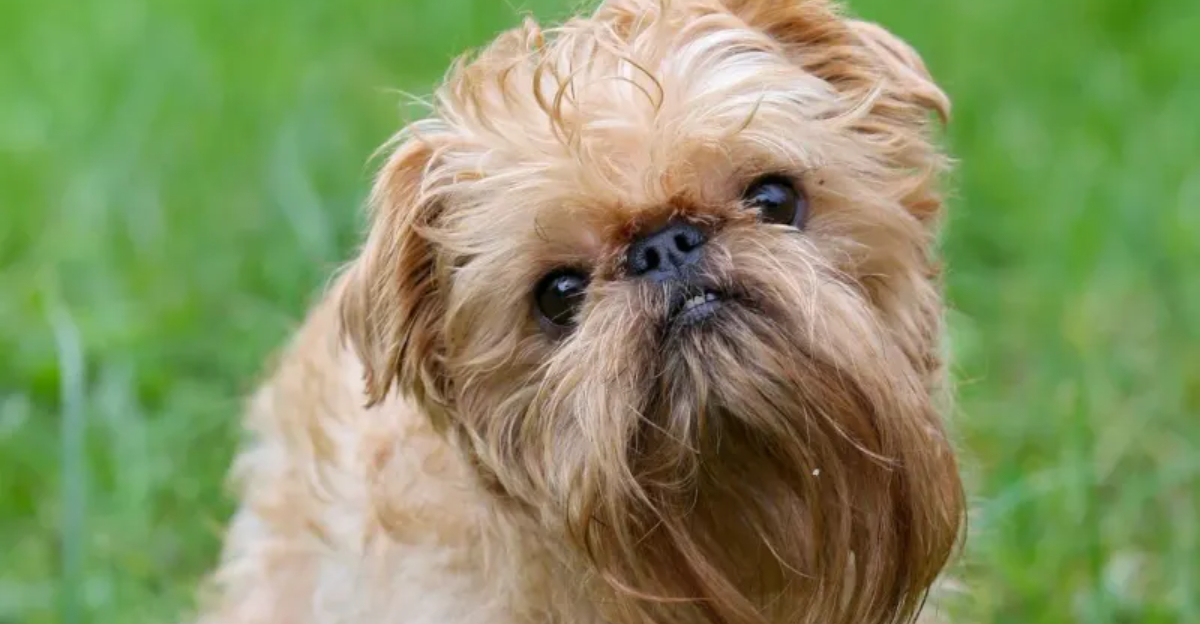
Not all pint-sized pooches are created equal when it comes to brainpower. Some tiny tail-waggers can learn commands in fewer than five repetitions, while others might need fifty tries—and still look confused!
Whether you’re seeking a teachable companion or simply curious about canine cognition, this roundup of brilliant (and not-so-brilliant) small breeds will help you understand which little dogs are the Einstein equivalents of the dog world.
1. Papillon
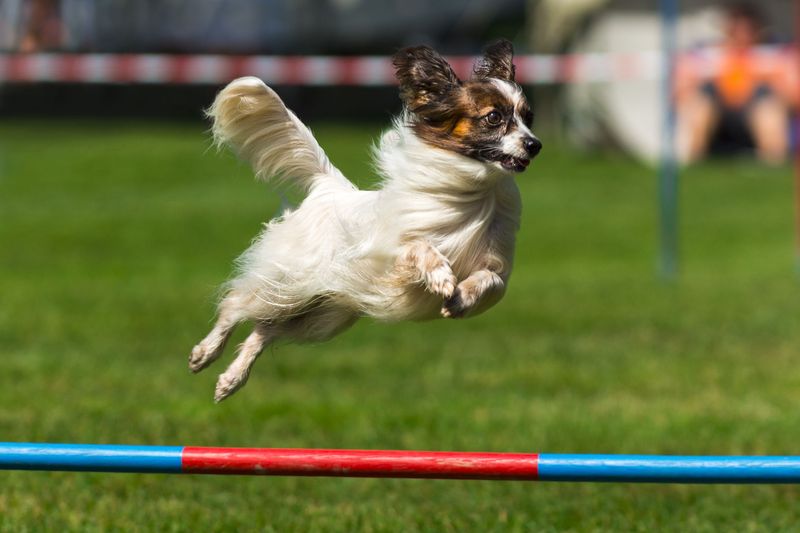
Ever watched a tiny dog solve a puzzle faster than most humans? Papillons routinely amaze their owners with remarkable problem-solving abilities.
Named for their butterfly-shaped ears, these 5-10 pound dynamos excel at agility competitions and can learn new tricks in just a few training sessions. Their alert expressions aren’t just adorable—they’re windows into genuinely sharp minds.
2. Miniature Poodle
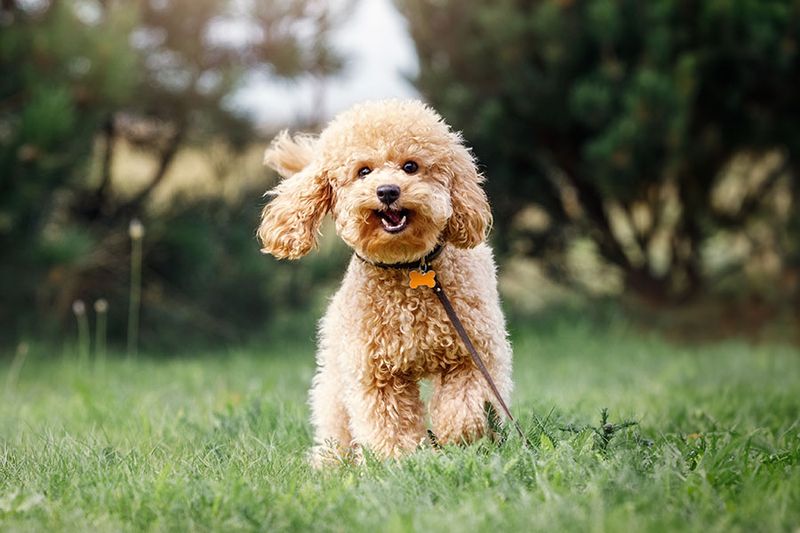
Forget the fancy haircuts—miniature poodles are working intellects in designer packages. Originally bred as water retrievers, their problem-solving abilities consistently rank them among the top three smartest dog breeds regardless of size.
A mini poodle can understand new commands in fewer than five repetitions and obeys first commands about 95% of the time. Their keen intelligence makes them exceptional candidates for therapy work.
3. Shetland Sheepdog
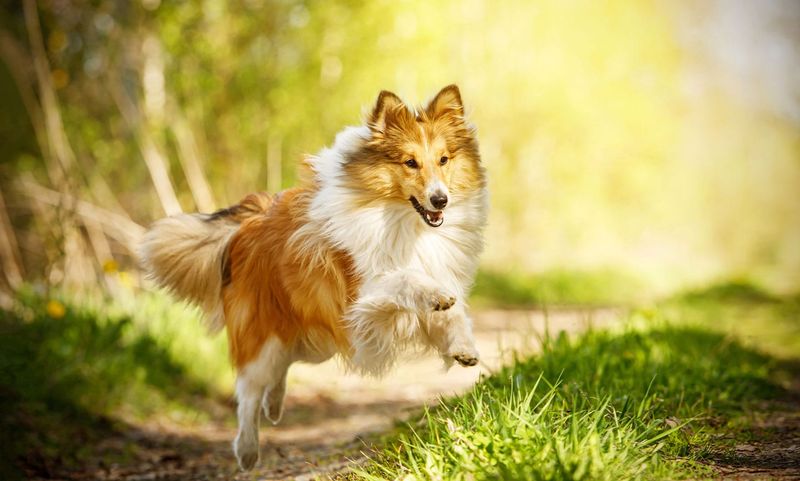
Resembling miniature Collies, these fluffy masterminds were farm multitaskers long before productivity apps existed. Shelties possess remarkable adaptive intelligence, allowing them to solve new problems without previous training.
Their herding background equipped them with an uncanny ability to anticipate their owner’s next move. Many Sheltie owners swear their dogs understand full sentences, not just commands—and their behavior often supports this claim!
4. Pembroke Welsh Corgi
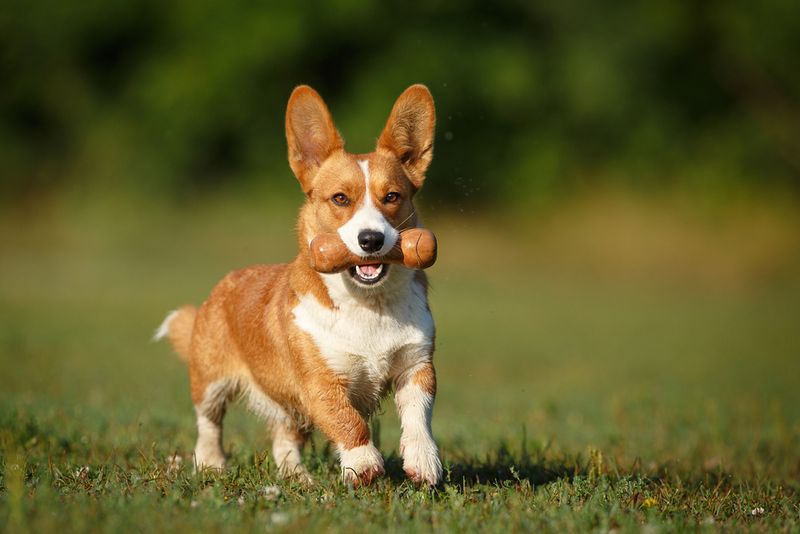
Behind those stubby legs and fox-like grins lies a mind sharp enough to manage cattle many times their size. Queen Elizabeth’s favorite breed combines working intelligence with an independent streak that makes them excellent problem-solvers.
Corgis excel at reading human emotions and adapting their behavior accordingly. Their intelligence shows in how they strategically position themselves—always where the action is, always watching, always learning.
5. Miniature Schnauzer
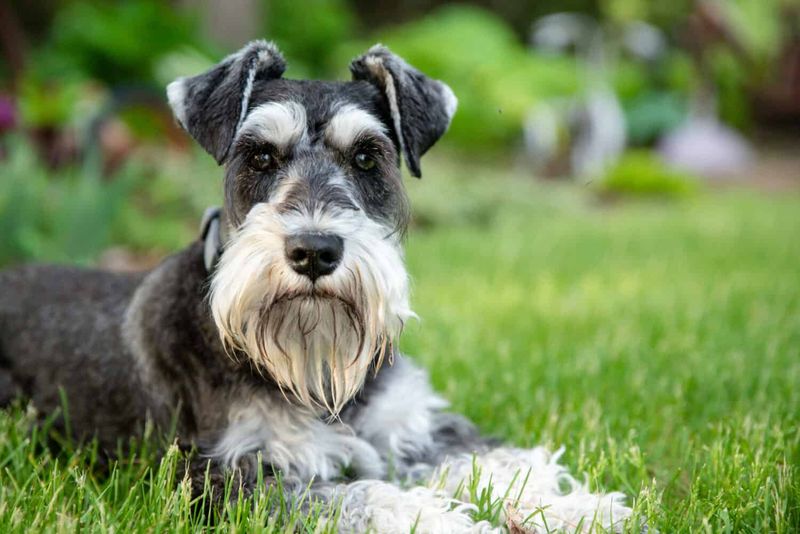
Those distinctive beards aren’t just for show—they frame faces full of curiosity and cleverness. Mini Schnauzers combine rat-catching reflexes with people-pleasing intelligence that makes them highly trainable.
Originally farm dogs, they’ve adapted brilliantly to urban living while maintaining their sharp minds. Their intelligence has versatility too—they excel equally at obedience, agility, and figuring out how to open the treat cabinet when you’re not looking.
6. Dachshund

Don’t let those comical proportions fool you—dachshunds were bred to outsmart burrowing animals in their own tunnels. Their persistence reveals a determined intelligence that’s often underestimated.
While not always interested in performing tricks, their problem-solving abilities surface when hunting prey or figuring out how to get what they want. A dachshund’s stubbornness isn’t defiance—it’s independent thinking, a different kind of intelligence that serves them well.
7. Jack Russell Terrier
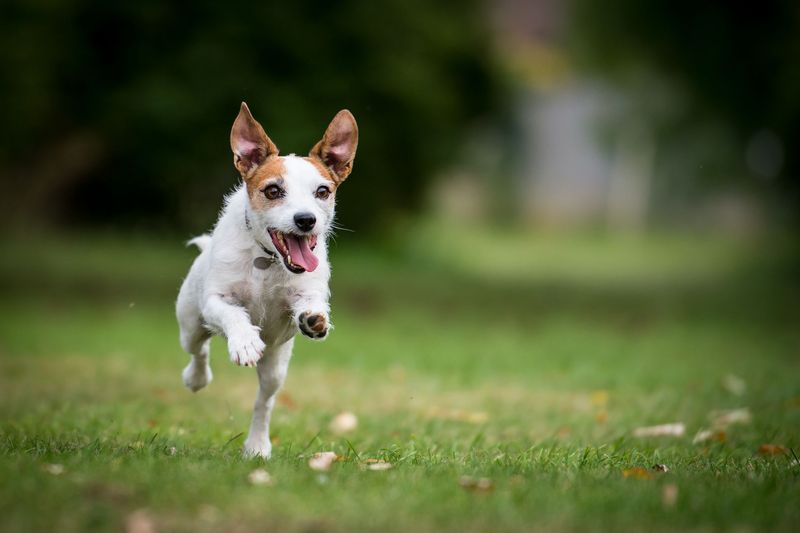
Famous for their roles in movies, Jack Russells aren’t just acting smart—they genuinely have the brains to match their boundless energy. These compact powerhouses were bred to think independently while fox hunting.
Their intelligence demands constant mental stimulation, or they’ll create their own entertainment (usually involving something you’d rather they didn’t destroy). Many owners report their Jack Russells understanding hundreds of words and even figuring out how to manipulate household mechanics.
8. Brussels Griffon

With human-like expressions that seem to communicate complex thoughts, Brussels Griffons aren’t just cute—they’re surprisingly cerebral. Their intelligence manifests in their exceptional sensitivity to human emotions.
These little dogs can read a room better than many people can! Though sometimes stubborn about formal training, their problem-solving abilities shine when motivated. Their almost eerie ability to know exactly when you’re sad and need a furry companion shows their emotional intelligence.
9. Toy Fox Terrier
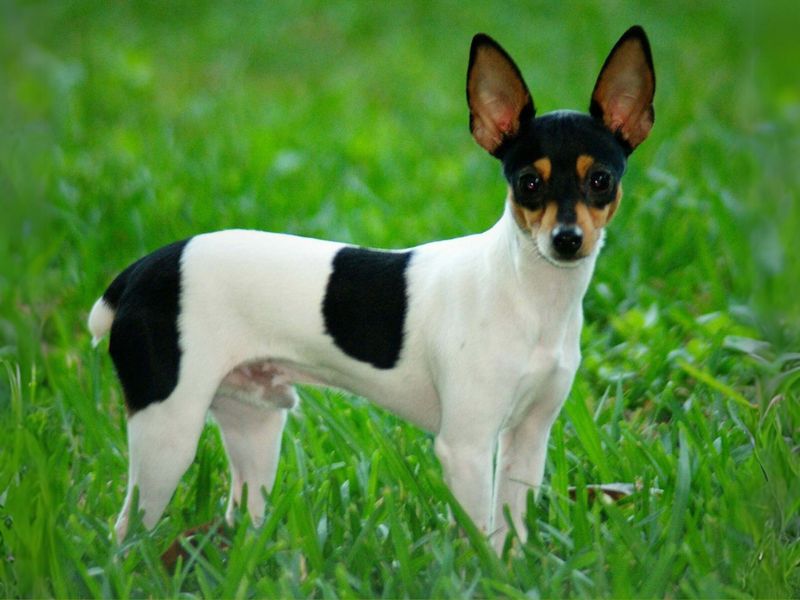
Weighing just 3-7 pounds, these tiny terriers pack intelligence that rivals dogs ten times their size. Circus performers in the early 20th century favored them for their ability to learn complex tricks quickly.
Their alert expressions aren’t just for show—they’re constantly processing information. Toy Fox Terriers excel at competitive obedience and agility, often outperforming larger breeds. Their intelligence has practical applications too—many serve as hearing assistance dogs.
10. Schipperke
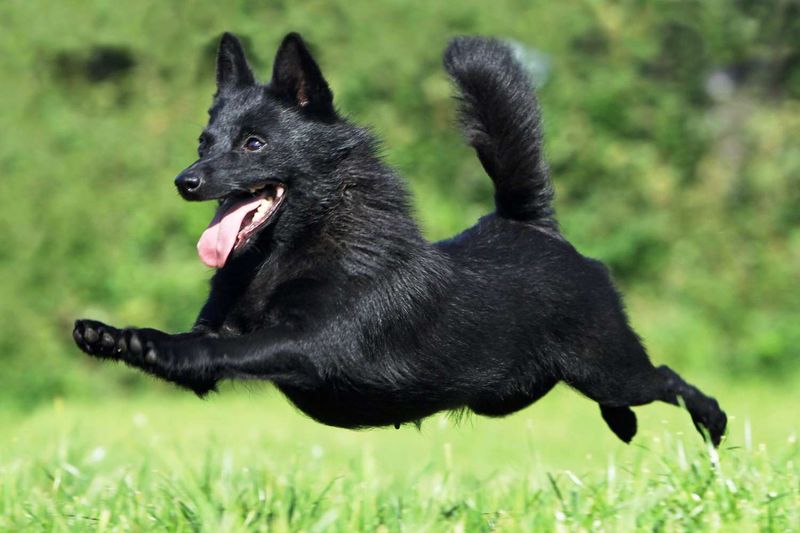
Nicknamed “little black fox,” these Belgian boat dogs were once responsible for guarding canal barges—a job requiring vigilance and judgment. Their intelligence has a mischievous streak; they’re known for clever antics that both amuse and occasionally frustrate their owners.
Schipperkes possess exceptional memory, remembering people and places years after a single meeting. Their curiosity drives them to investigate everything, making them natural problem-solvers and excellent watchdogs who can distinguish between routine and unusual sounds.
11. Border Terrier
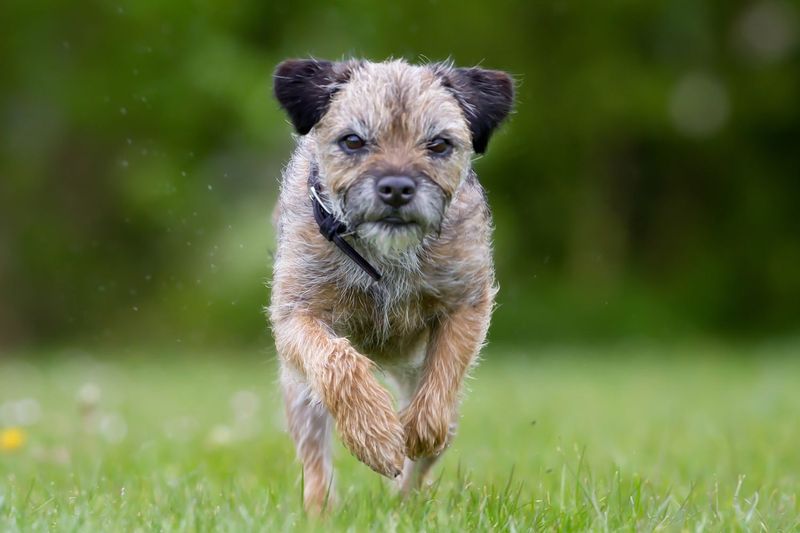
Unlike some terriers who act first and think later, Border Terriers bring thoughtfulness to their natural hunting instincts. Their intelligence has practical applications—they excel at both vermin control and complex dog sports.
What makes them special is their ability to switch between independent thinking and collaborative work with humans. They’re problem-solvers who consider options before acting. Their intelligent eyes follow your movements, constantly learning your patterns and preferences.
12. Pug

Those adorable wrinkled faces and bulging eyes might win hearts, but pugs weren’t bred for their problem-solving abilities. Their breeding focused on companionship rather than working intelligence.
While incredibly loving, pugs typically need 40-80 repetitions to learn new commands and obey first commands only about 30% of the time. Their stubbornness isn’t calculated strategy—it’s often genuine confusion. What they lack in trainability, they make up for with social intelligence and comic timing.
13. Shih Tzu

Bred exclusively for companionship in Chinese imperial courts, Shih Tzus were never expected to herd, hunt, or problem-solve. Their genetic programming prioritized looking adorable while sitting on royal laps.
Training typically requires significant patience—they may need 80-100 repetitions to learn new commands. Their intelligence is more social than analytical; they excel at reading human emotions and manipulating them for treats and attention. Many owners mistakenly interpret their stubbornness as intelligence.
14. Chihuahua
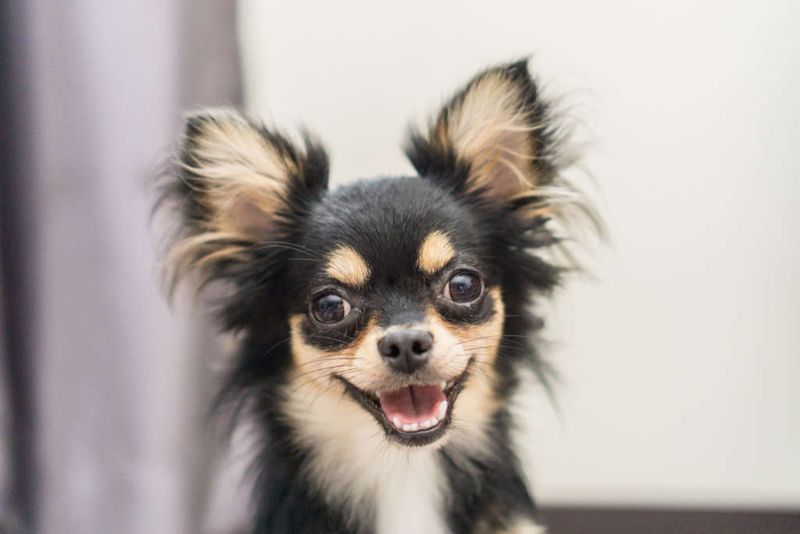
Famous for their oversized attitudes, Chihuahuas often convince owners they’re smarter than they actually are. Their strong personalities can mask their limited capacity for complex training.
While fiercely loyal and surprisingly good watchdogs, they typically rank low in working intelligence assessments. Training challenges stem from both limited cognitive capacity and strong-willed temperaments. What they excel at is manipulating their humans through those irresistible big eyes and shivering little bodies!
15. Pekingese

Once treasured by Chinese emperors, these lion-like dogs were bred for their distinctive appearance rather than their mental capabilities. Their independent nature often gets misinterpreted as intelligence when it’s actually stubborn single-mindedness.
Pekingese typically require 80-100 repetitions to learn new commands and follow first commands only about 25% of the time. Their dignified demeanor masks a simple approach to life: maximum comfort, minimum effort. They excel at training humans rather than being trained.

